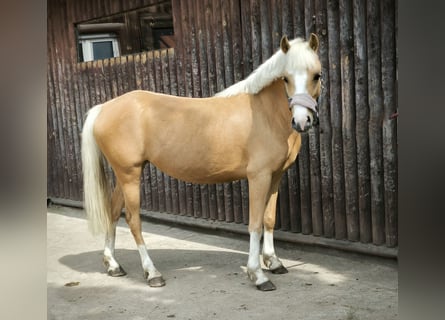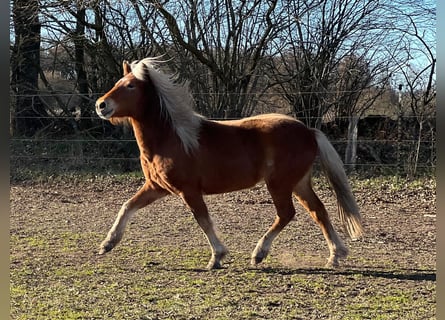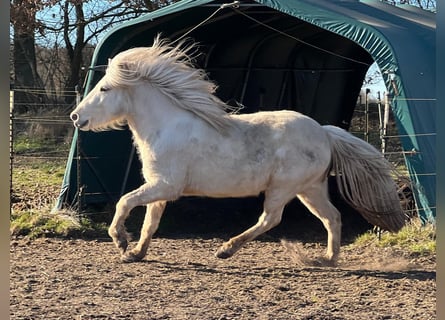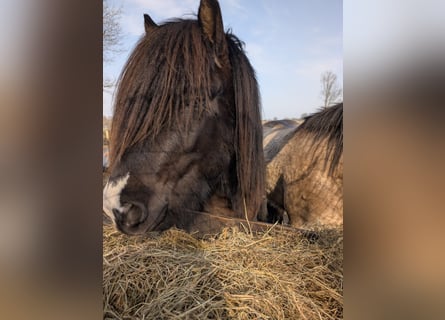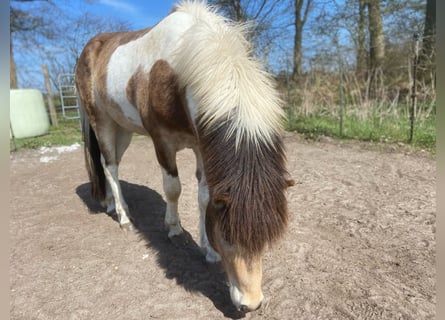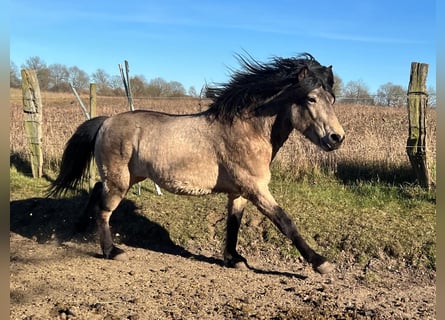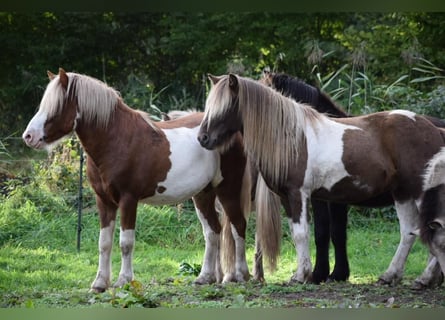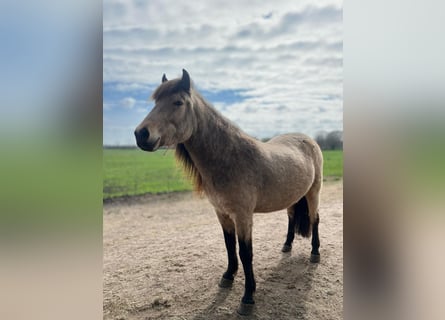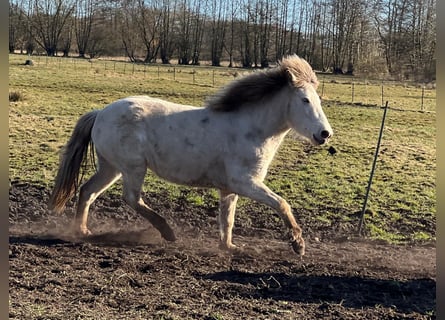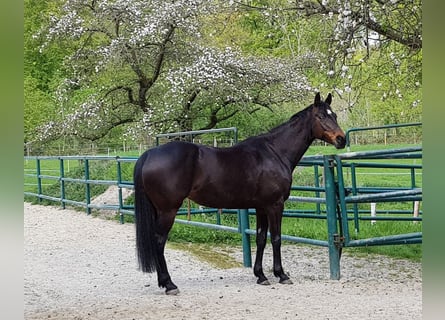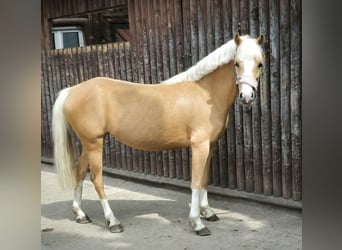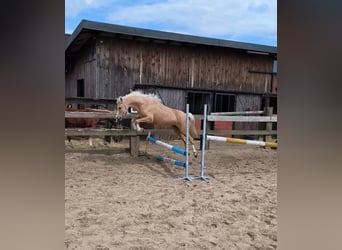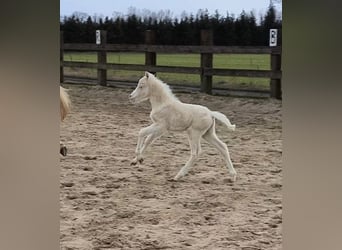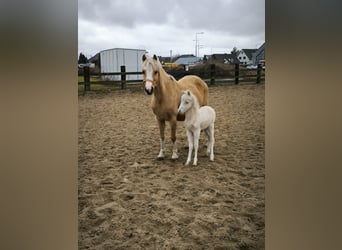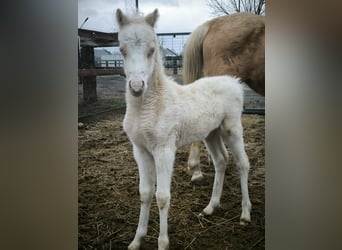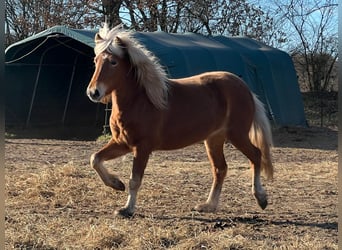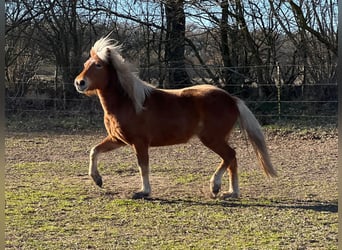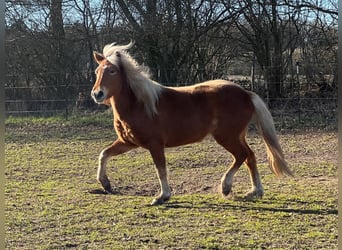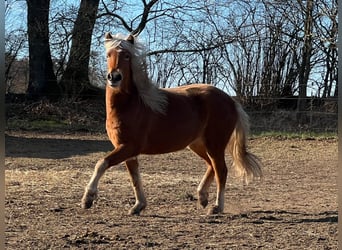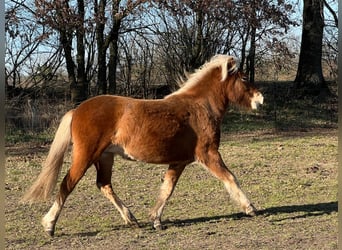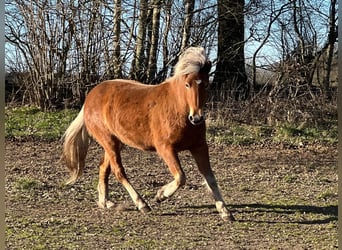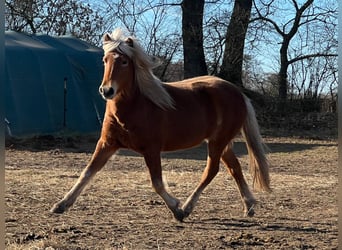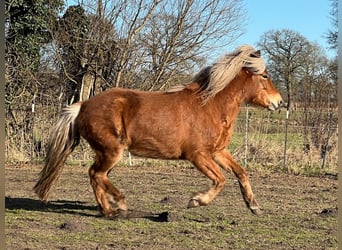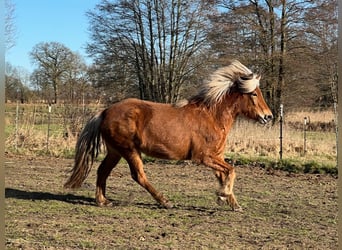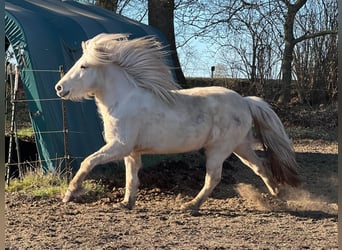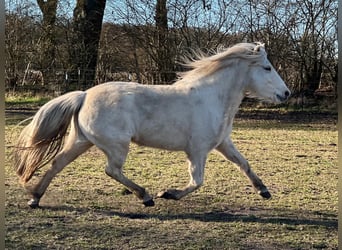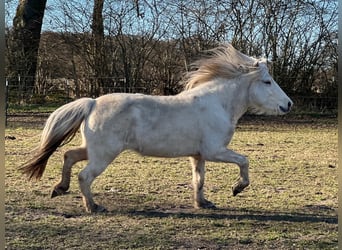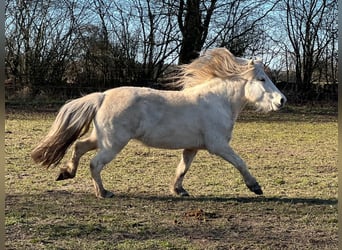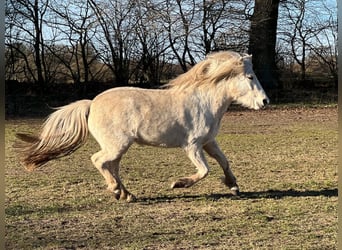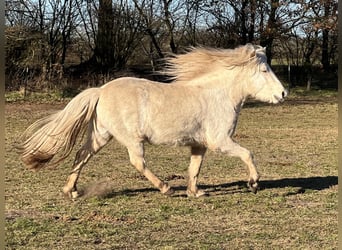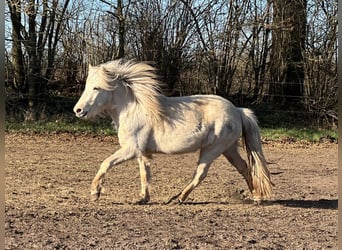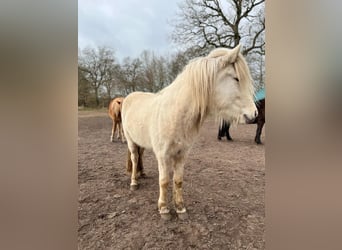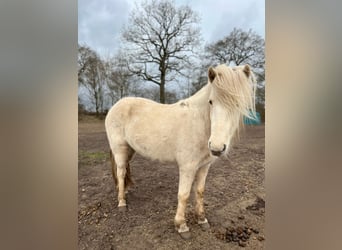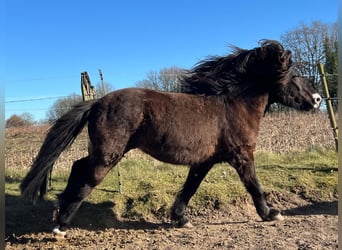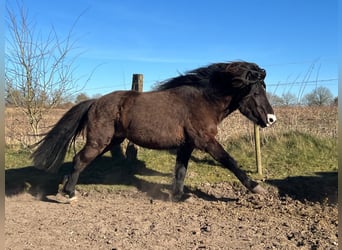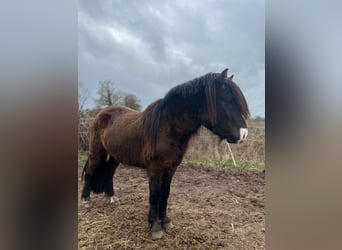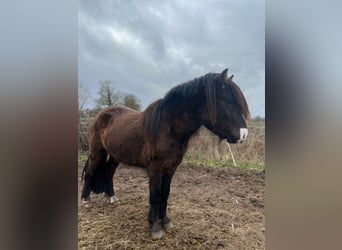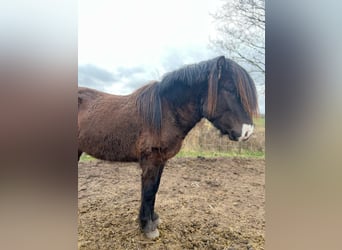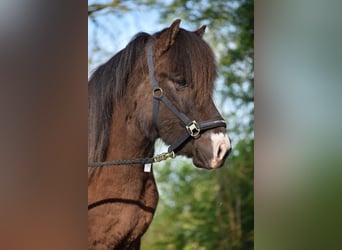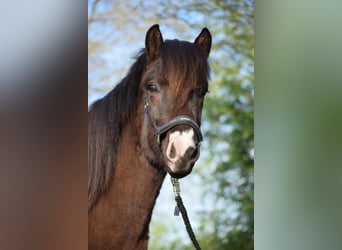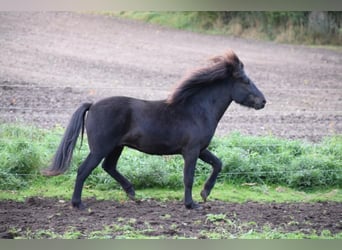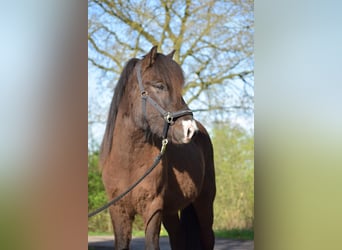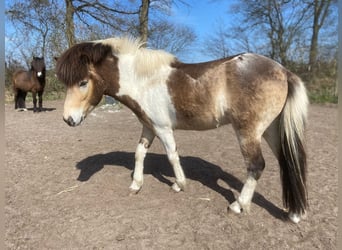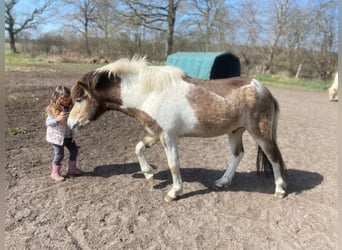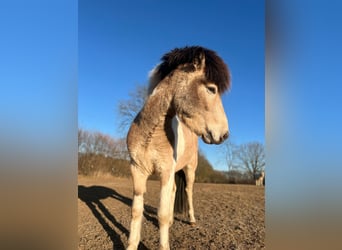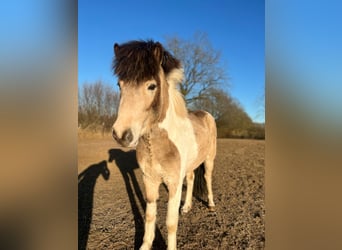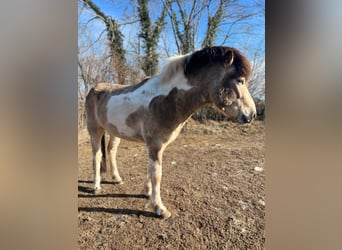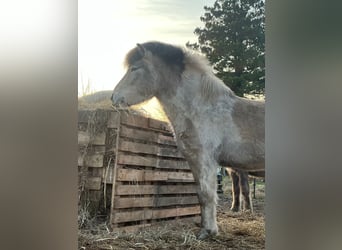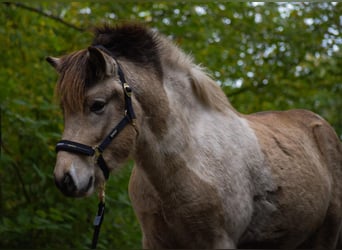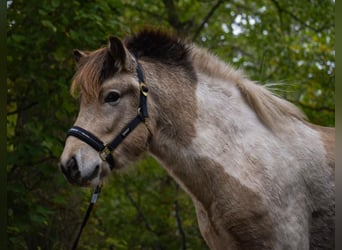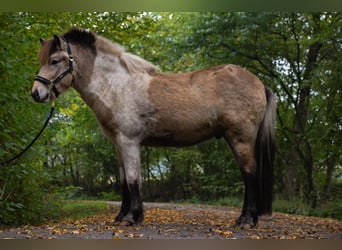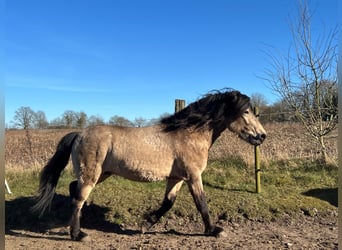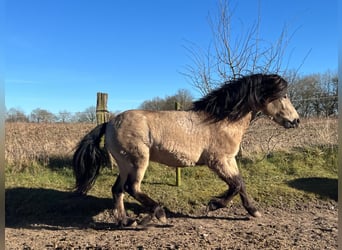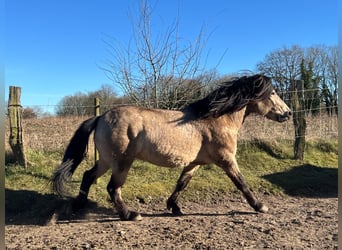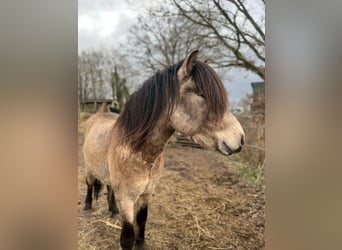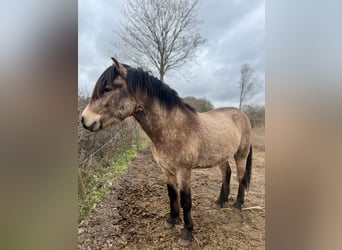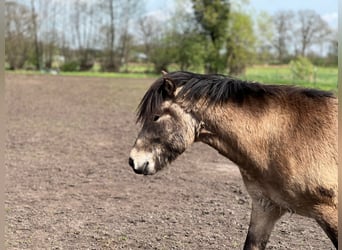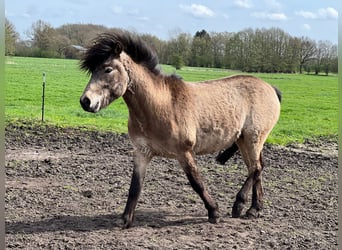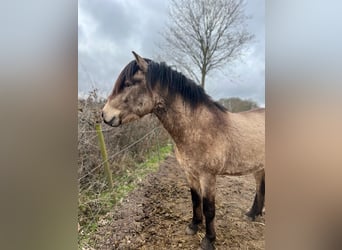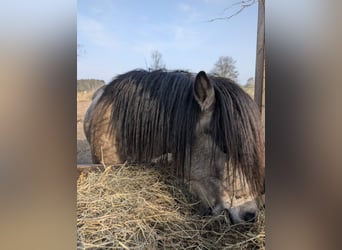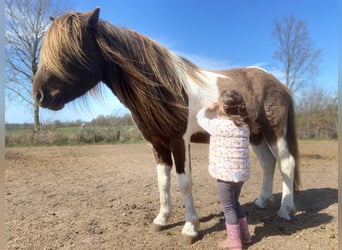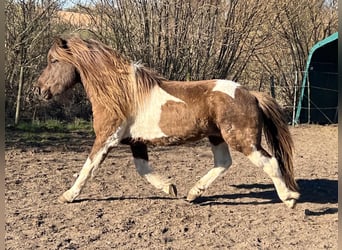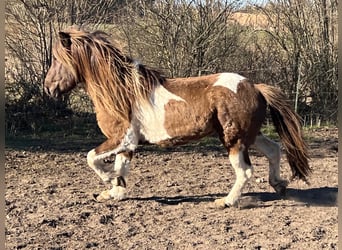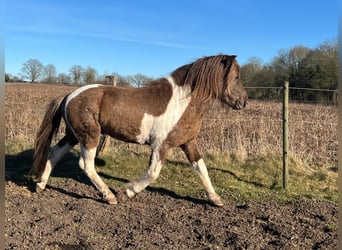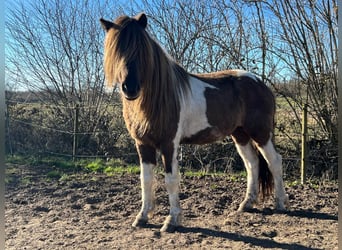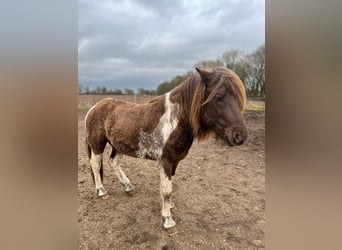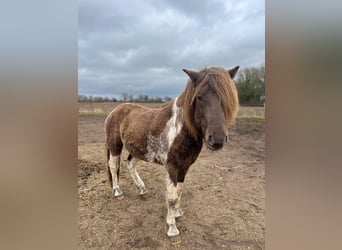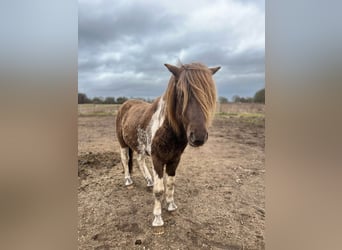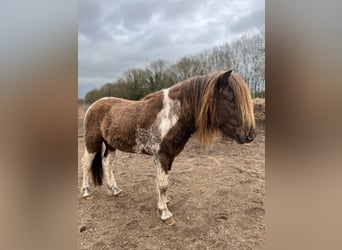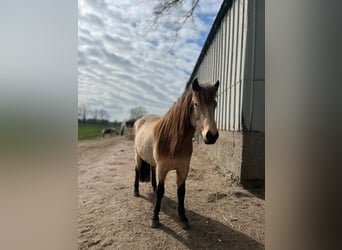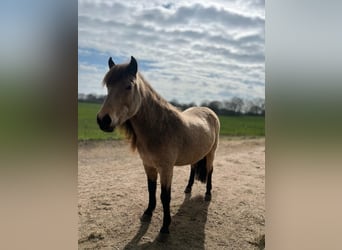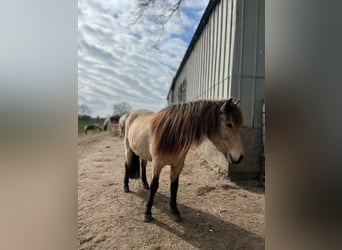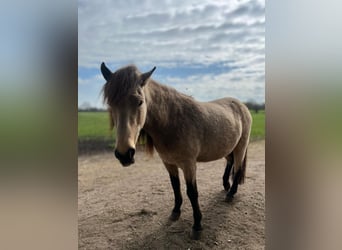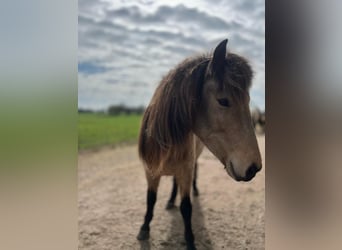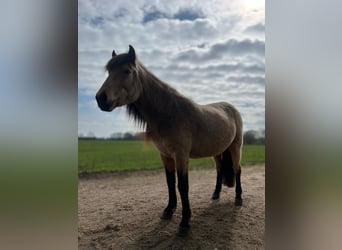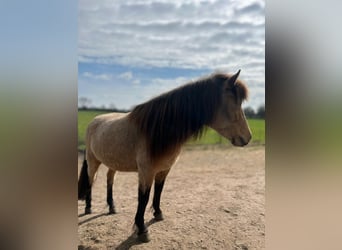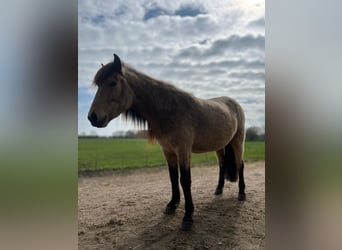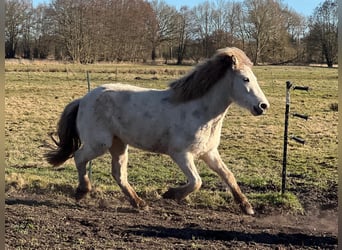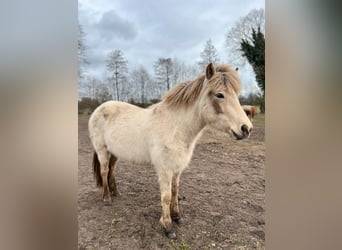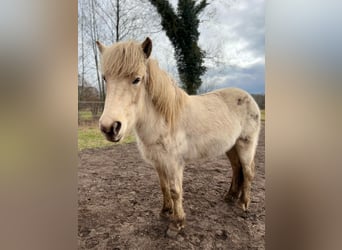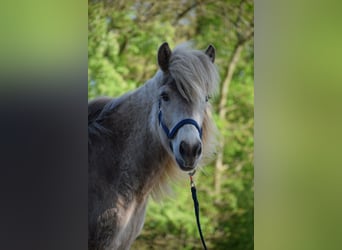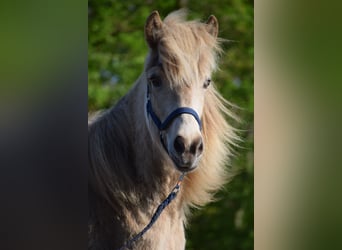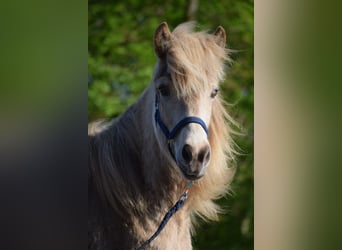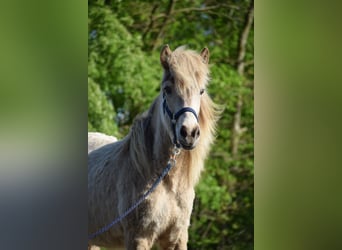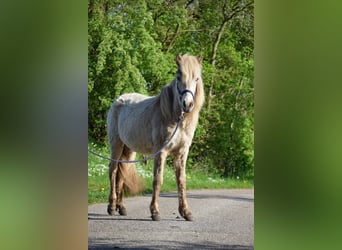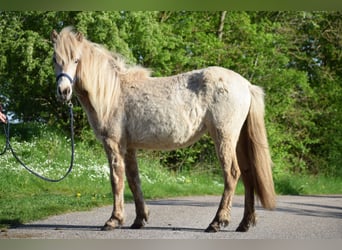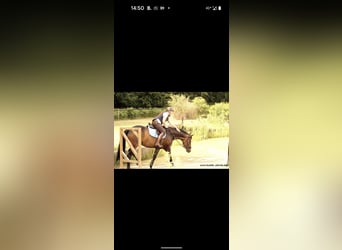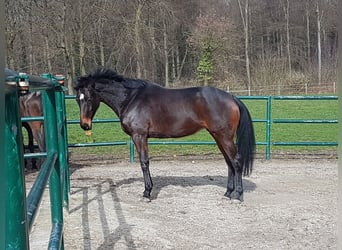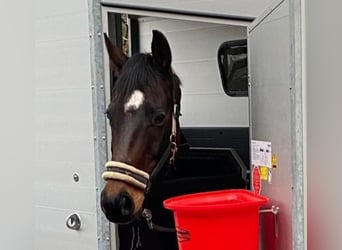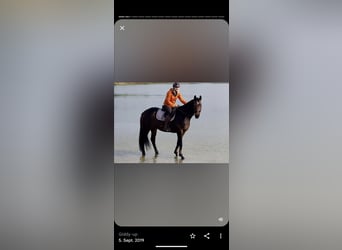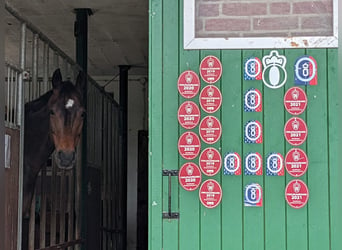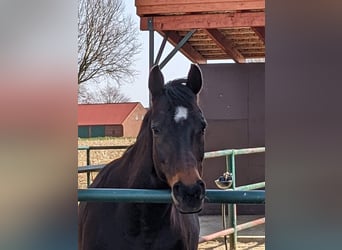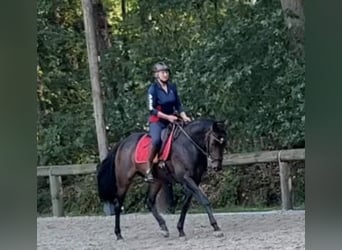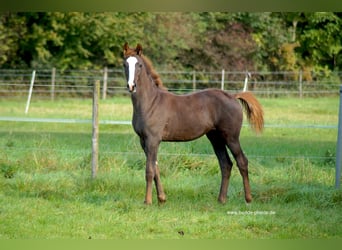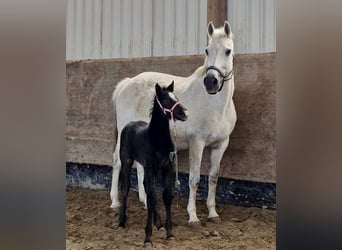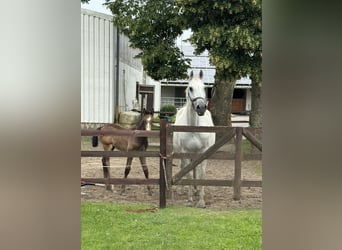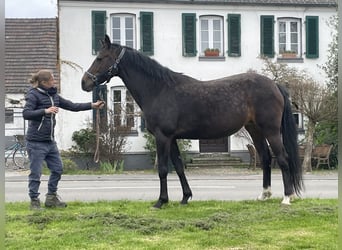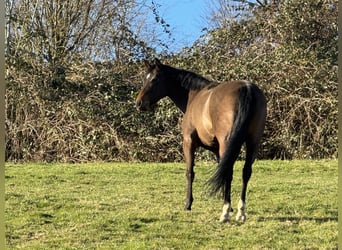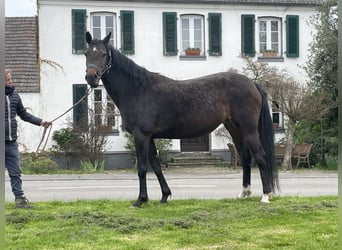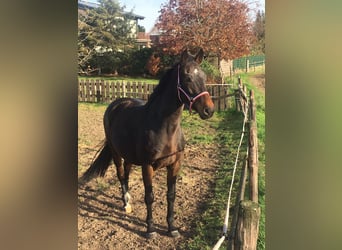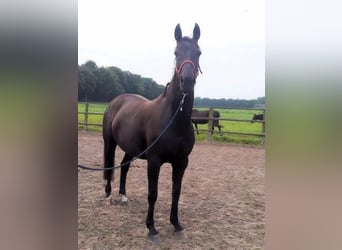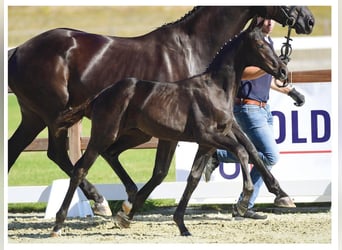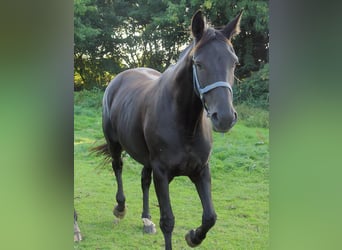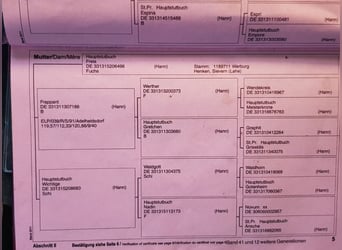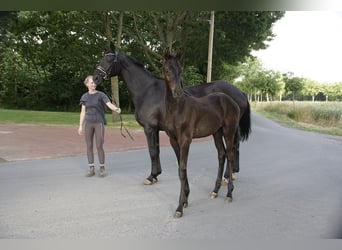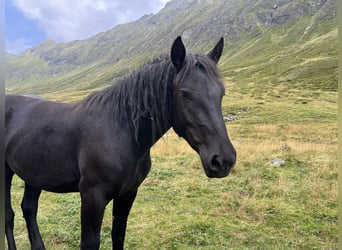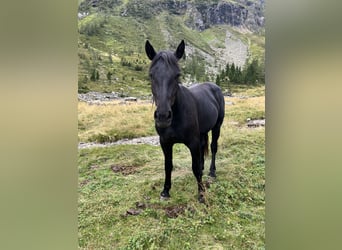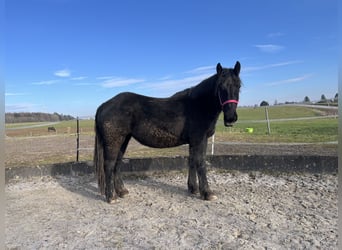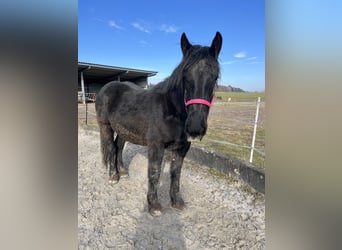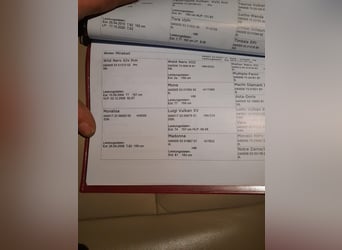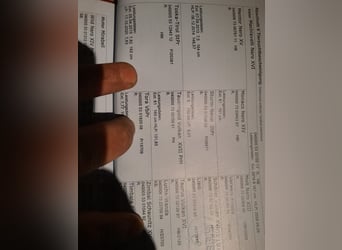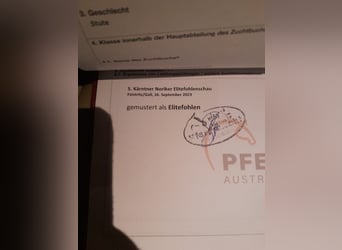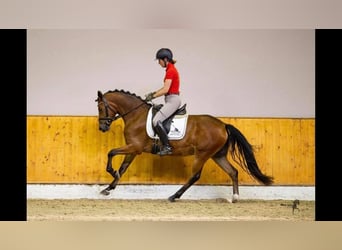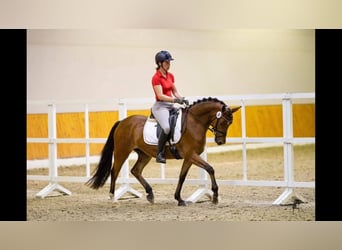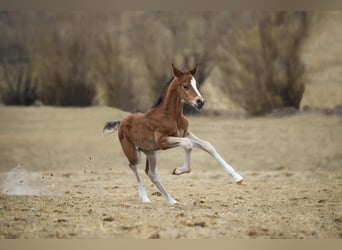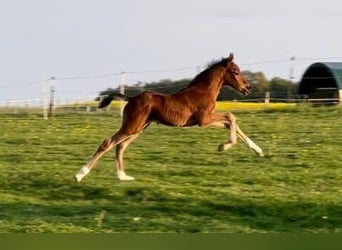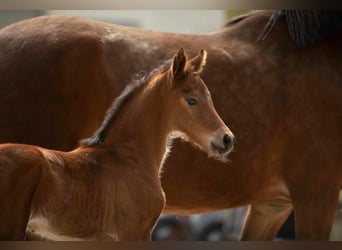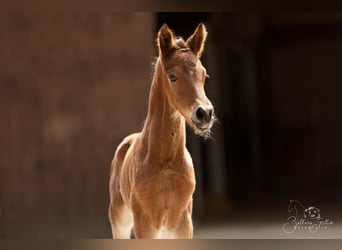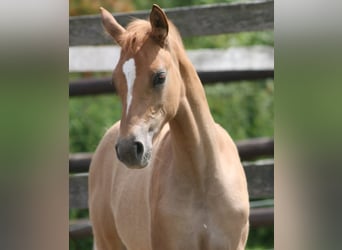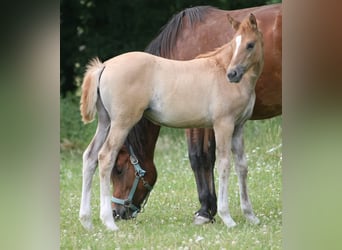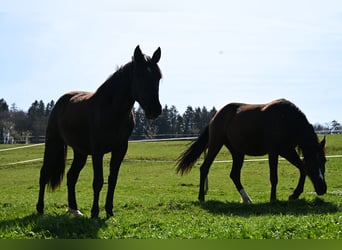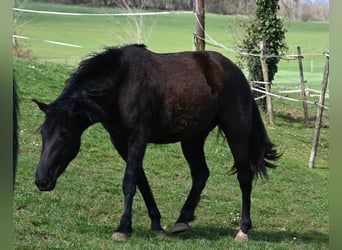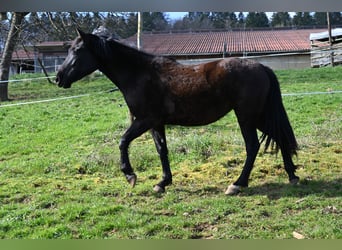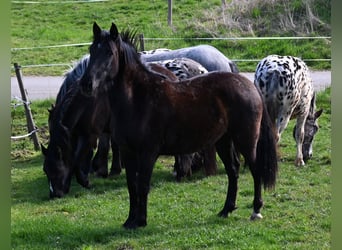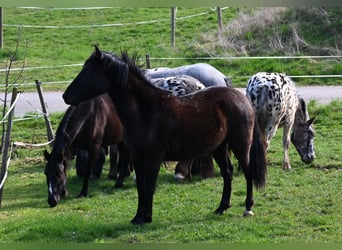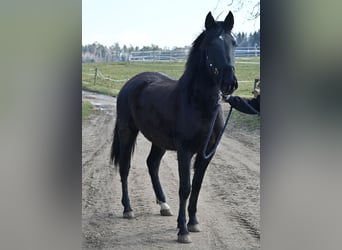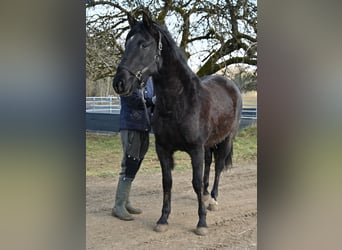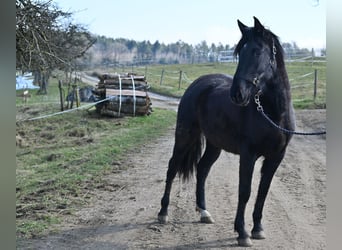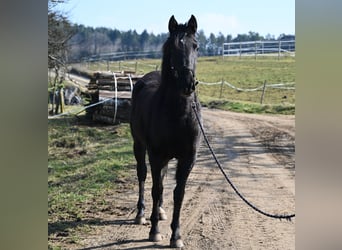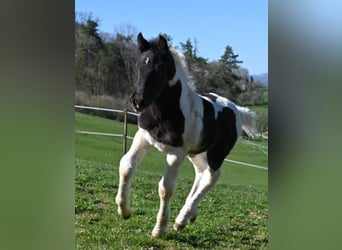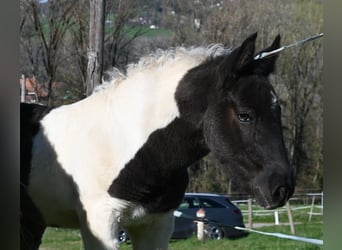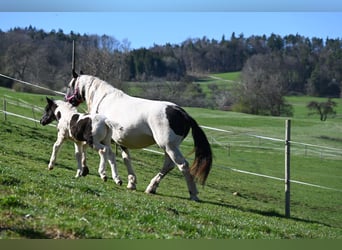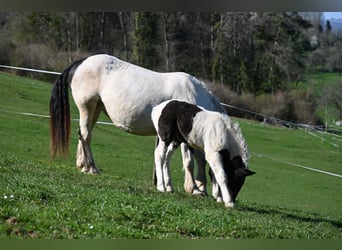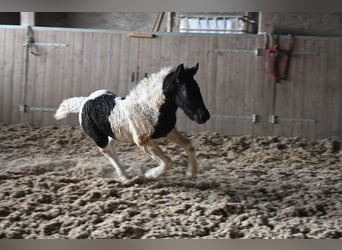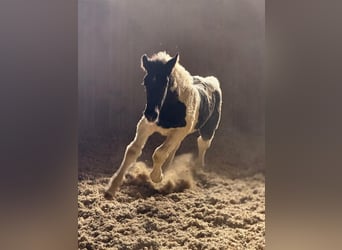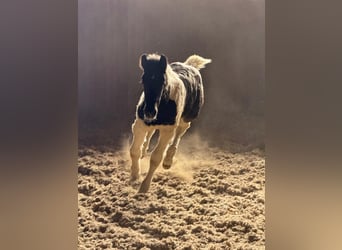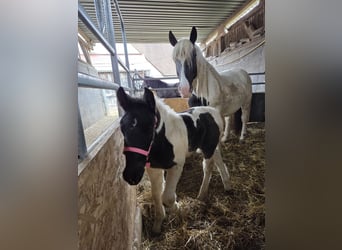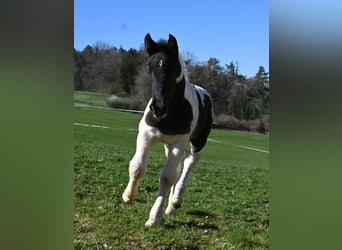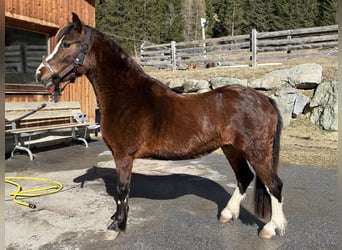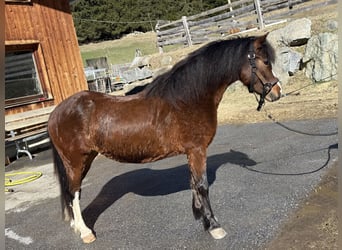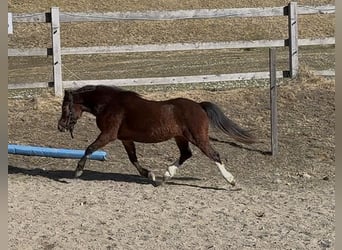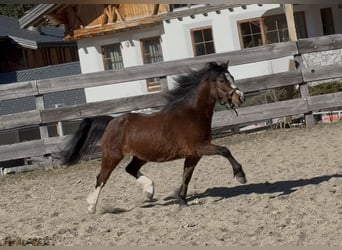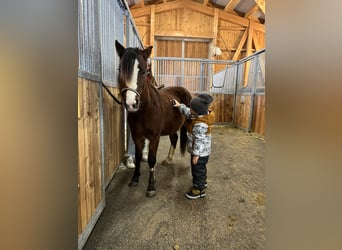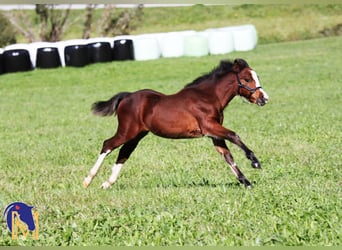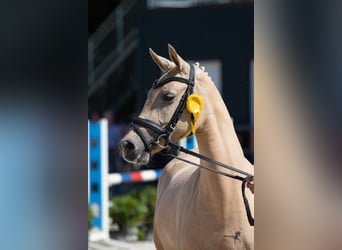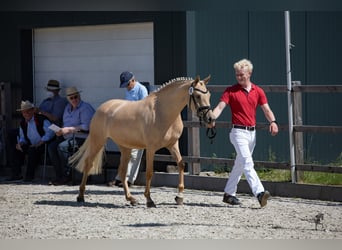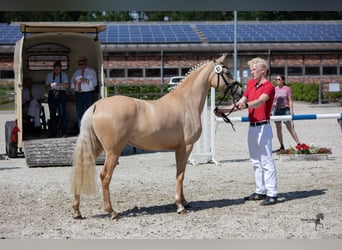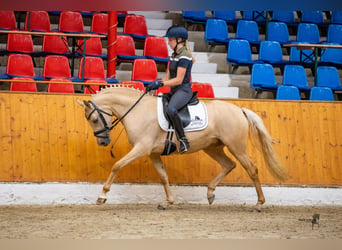PL
Breeding Horses For Sale
Page-1-Ad
In addition, interested parties can directly see more information. This significantly increases the number of potential buyers.
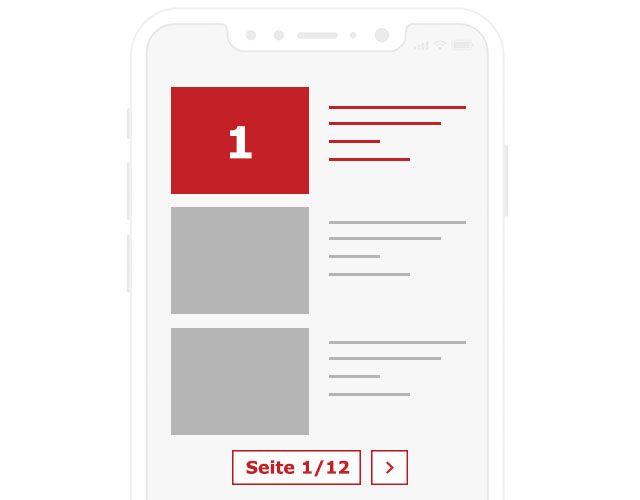
DE
DE
DE
DE
DE
DE
DE
DE
DE
DE
DE
DE
DE
DE
DE
DE
DE
AT
DE
Breeding Horses for sale on ehorses
Choosing the right stallion for a mare is a critical part of the procedure of breeding a foal. It’s not simply a case of choosing the stallion that looks closest like a reasonable prospect. Extensive research into prospective sires is key to a successful outcome in breeding. This will involve talking to stallion owners and perhaps visiting their yards and studs if it can be arranged. Today, many stud owners post videos of their stud horses and youngstock to YouTube and other social media sites, but a visit to see the stallion and his progeny before making the decision is still advantageous. Some studs host open days. These are a great opportunity to find out more about the stallions, their fertility and their successful progeny.
Breeding starts with the mare herself, particularly her own history and that of her damline. Breeding is also a thoroughly practical activity, rather than a fantasy about the potential outcome. Any prospective breeder needs to ask themselves the following questions: Why am I breeding? What do I intend the offspring of this match to do? Is the foal to be kept, reared and trained, or sold when it is old enough?
Clearly, if a top-ranked showjumper is the aim, then it makes sense to choose a proven and tested show jumping sire. However, he must also be a good match for the mare, genetically, in terms of conformation, and breed compatibility. With rare breeds, it’s particularly important that the genetic match is right since inbreeding creates issues in breeds where numbers are low and only a certain number of sires are available.
Things to know about Breeding Horses
Once the decision to breed has been made, and a shortlist of stallions has been chosen, the next decision relates to how the mare will be put in foal. There are various options available, depending on the breed and availability of the stallion.
Firstly, the mare can be bred by natural breeding methods or live-cover breeding. This includes covering in-hand. The mare is taken to the stallion, usually at the stud farm where he stands, and will spend a day or so there. She will be tested to ensure she has no disease that may be transmitted sexually. When she is in season, the stallion will be brought out to her, often to a special yard, and she will be covered by him (that is, mated) with both horses held by grooms or other staff.
The mare will be tested prior to this to show she is ovulating, either by taking her temperature, palpating or hormone tests, or by “teasing” with another stallion. The presence of another stallion, the “teaser”, will cause the mare to show the signs that she is in heat and ready to accept the stallion chosen to mate with her. While in-hand covering is a relatively safe form of breeding, it is not entirely risk-free for either mare or stallion. There is the possibility of injury and disease transmission. Also, the mare may need to be covered more than once before she is proved in-foal. Some studs offer a “no foal free return” service. If the mare does not prove in-foal after the first service, she can return to be covered again at no additional cost.
The alternative form of live-cover breeding is to let mares run out with the stallions as if they were in a natural herd. This is popular with some pony breeders, where the ponies live in semi-feral herds. It's not as common as it once was, since there is more risk involved. As the mare is living naturally with the stallion and other mares, there is a greater likelihood of proving in-foal at the end of this time. It is less stressful for the mare than travelling briefly to the stud farm.
Today, artificial insemination (AI) is the most frequently used option for breeding from leading sires in the major disciplines. This method increases the number of mares each stallion can cover every season, is relatively risk-free and provides a global service for mare owners. The pregnancy rates are lower for AI: 65% versus 85% for live cover. It should be noted that Thoroughbreds can legally only be mated by live cover.
Famous Stud Horses
Currently, the influence of Dutch Warmblood Totilas as a sire is showcased through his son, the stallion Timolin, showing immense potential in both dressage and jumping. Many of British-owned Hanoverian Dimaggio’s progeny are also successful registered dressage sires. In show jumping, Robert Whitaker’s stunning young stallion Vermento, son of Argento, is likely to be a sire very much in demand. In western pleasure and versatility classes, American Quarter Horse stallions still reign supreme, with Machine Made taking first place in offspring earnings at $200,000 dollars in total, followed by RL Best of Sudden in second place with $155,713.
